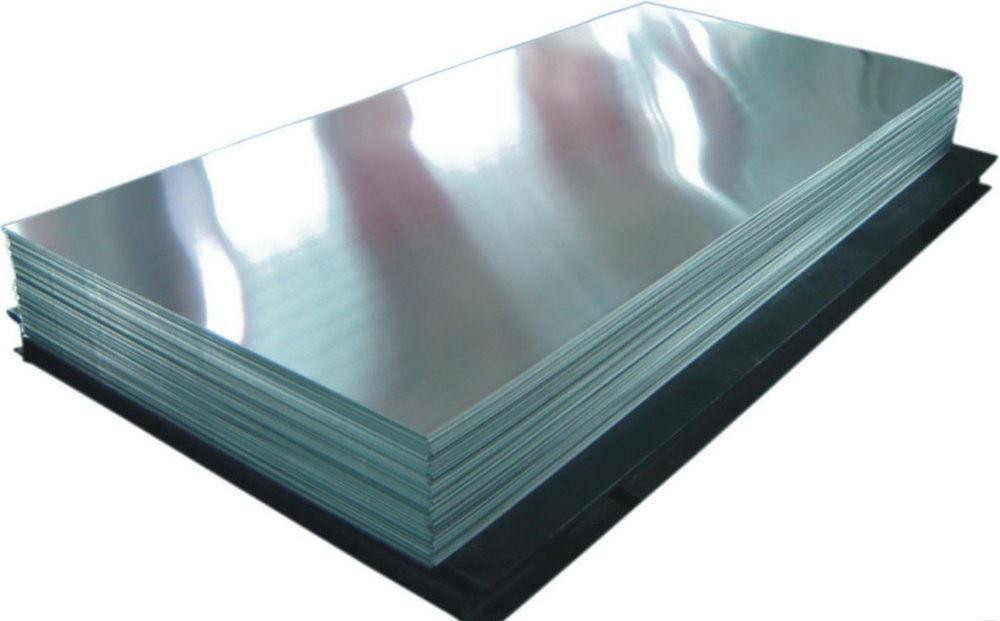Aluminium 6082 plates are widely used in various industries for their excellent combination of mechanical properties, corrosion resistance, and weldability. The manufacturing process of Aluminium 6082 plates involves several steps, from raw material preparation to final plate production. Here’s an overview of the manufacturing process:
Raw Material Preparation:
The manufacturing process begins with selecting high-quality raw materials suitable for Aluminium 6082 plates. Aluminium 6082 is an alloy primarily composed of aluminium, magnesium, and silicon, with small amounts of other elements. The raw materials, including primary aluminium ingots, alloying elements, and additives, undergo stringent quality control checks to ensure they meet the chemical composition and mechanical property requirements of Aluminium 6082 alloy.
Casting:
The first step in the manufacturing process is casting, where the molten Aluminium 6082 alloy is poured into moulds to form ingots or billets. Casting can be done using various methods, including continuous casting, direct chill casting, or ingot casting. Continuous casting is often preferred for its efficiency and consistency, producing continuous lengths of aluminium that can be further processed into plates.
Homogenization:
After casting, the Aluminium 6082 ingots or billets undergo a homogenization process to improve their microstructure and mechanical properties. Homogenization involves heating the ingots or billets to a specific temperature and holding them for a certain period to redistribute alloying elements and eliminate internal stresses. This process helps ensure uniform properties throughout the material and reduces the risk of distortion during subsequent processing.
Hot Rolling:
Once homogenized, the Aluminium 6082 ingots or billets are hot rolled into plates using a rolling mill. Hot rolling involves passing the material through a series of rollers at elevated temperatures to reduce its thickness and improve its mechanical properties. The rolling process also refines the material’s grain structure, improving strength, toughness, and dimensional accuracy. Aluminium 6082 plates can be hot rolled to various thicknesses depending on the desired final product specifications.
Cold Rolling :
In some cases, Aluminium 6082 plates may undergo cold rolling after hot rolling to further refine their thickness and surface finish. Cold rolling involves passing the material through rollers at room temperature to achieve precise dimensional tolerances and surface smoothness. Cold rolling also imparts additional strength and hardness to the plates, making them suitable for applications requiring tight tolerances and excellent surface quality.
Heat Treatment:
After rolling, Aluminium 6082 plates may undergo heat treatment to further enhance their mechanical properties. Heat treatment typically involves solution heat treatment followed by quenching and aging. Solution heat treatment involves heating the plates to a specific temperature to dissolve any alloying elements and then quenching them rapidly to retain a supersaturated solid solution. Aging involves reheating the plates to a lower temperature to precipitate strengthening phases, improving their strength, hardness, and stability.
Surface Treatment:
Once heat treated, Aluminium 6082 plates may undergo surface treatment processes to improve their appearance, corrosion resistance, and surface properties. Surface treatment options include anodizing, painting, powder coating, and chemical conversion coating. Anodizing, in particular, is commonly used to create a protective oxide layer on the plates’ surface, enhancing their corrosion resistance, durability, and aesthetic appeal.
Inspection and Quality Control:
Aluminium 6082 plates undergo rigorous inspection and quality control checks throughout manufacturing to meet specified requirements and standards. Quality control measures include dimensional inspection, visual inspection, mechanical testing, chemical analysis, and surface inspection. Any plates that do not meet the required specifications are either reworked or rejected to maintain the highest quality standards.
Packaging and Shipping:
Once inspected and approved, Aluminium 6082 plates are carefully packaged to protect them from damage during transportation and storage. Packaging may include wrapping with protective material, bundling, or boxing depending on the size and quantity of the plates. The plates are then shipped to customers or stored in inventory until further processing or assembly is needed.
In conclusion, the manufacturing process of Aluminium 6082 plates involves several steps, including raw material preparation, casting, homogenization, hot rolling, optional cold rolling, heat treatment, surface treatment, inspection, and packaging. Each step is carefully controlled to ensure the plates’ quality, dimensional accuracy, and performance for various industrial applications. By understanding the manufacturing process, customers can have confidence in the quality and reliability of Aluminium 6082 plates for their specific requirements.

